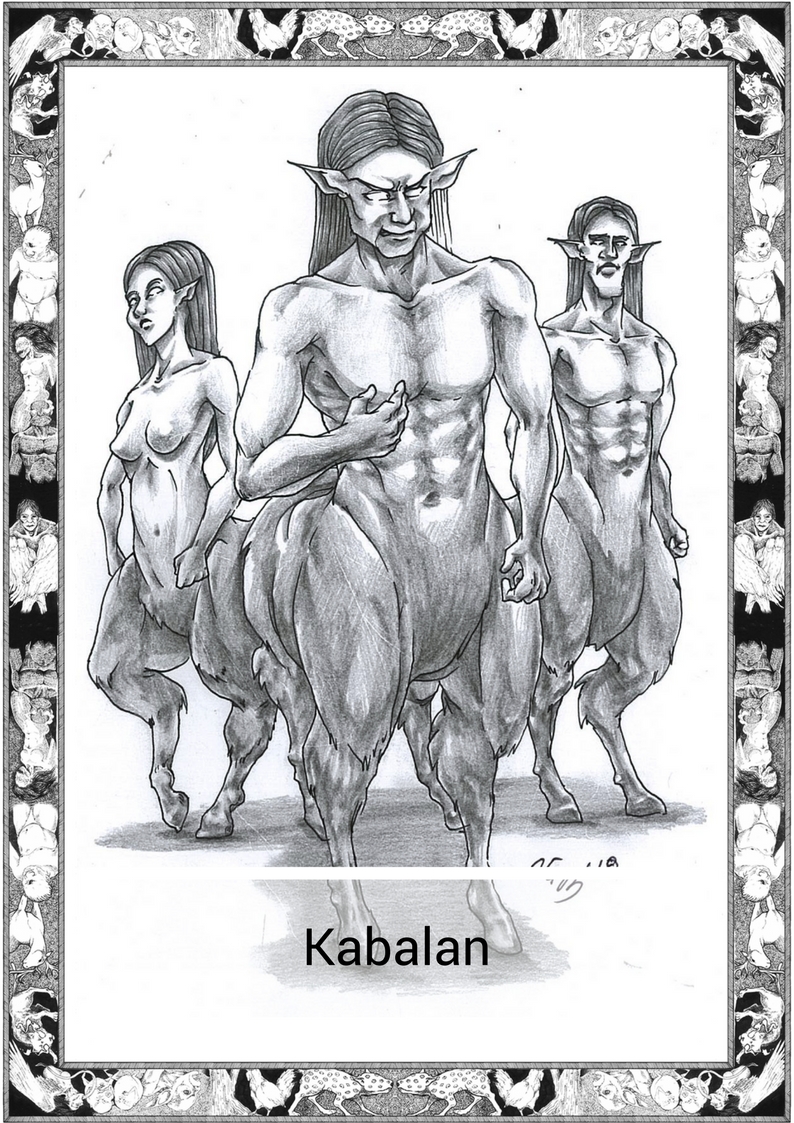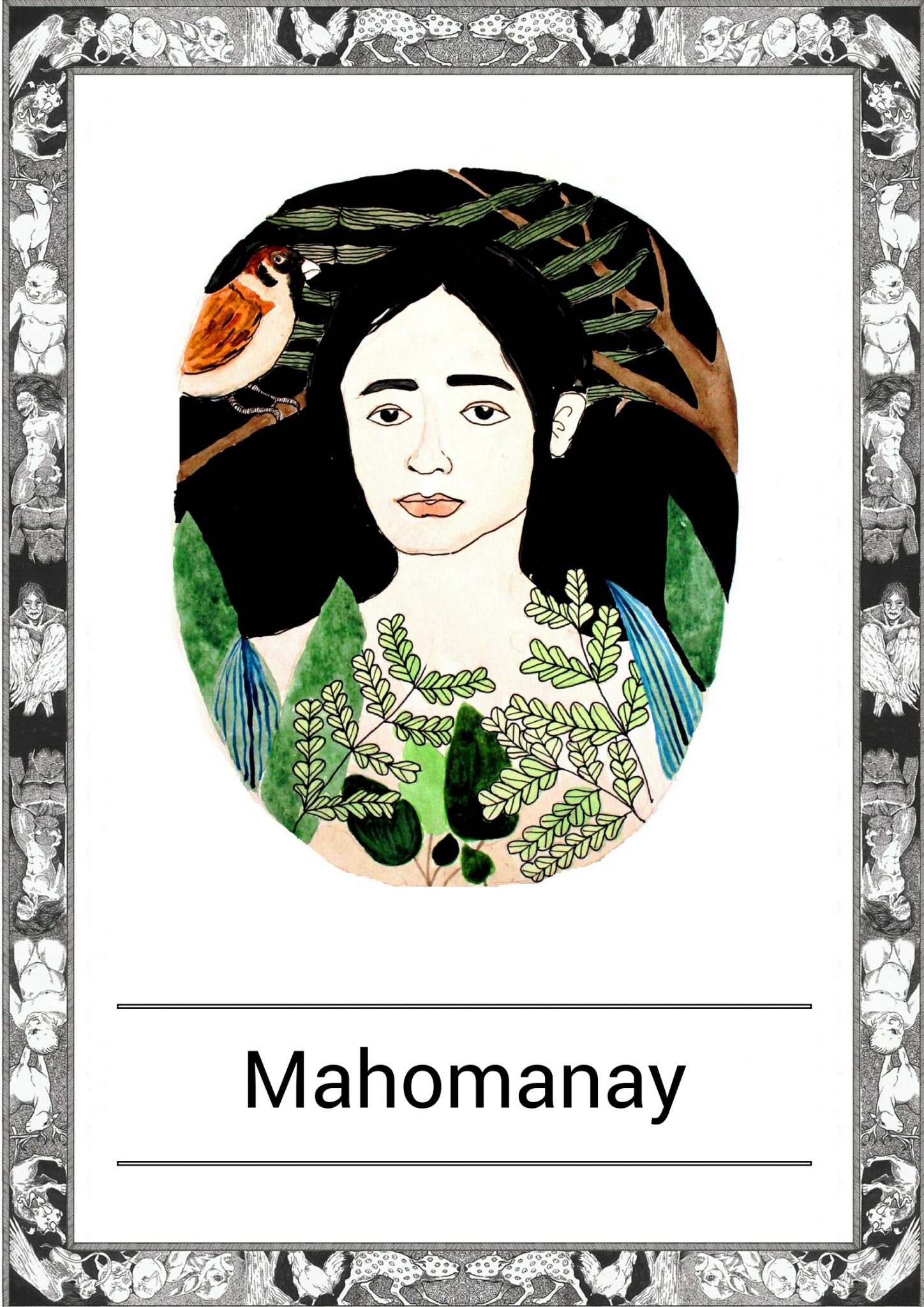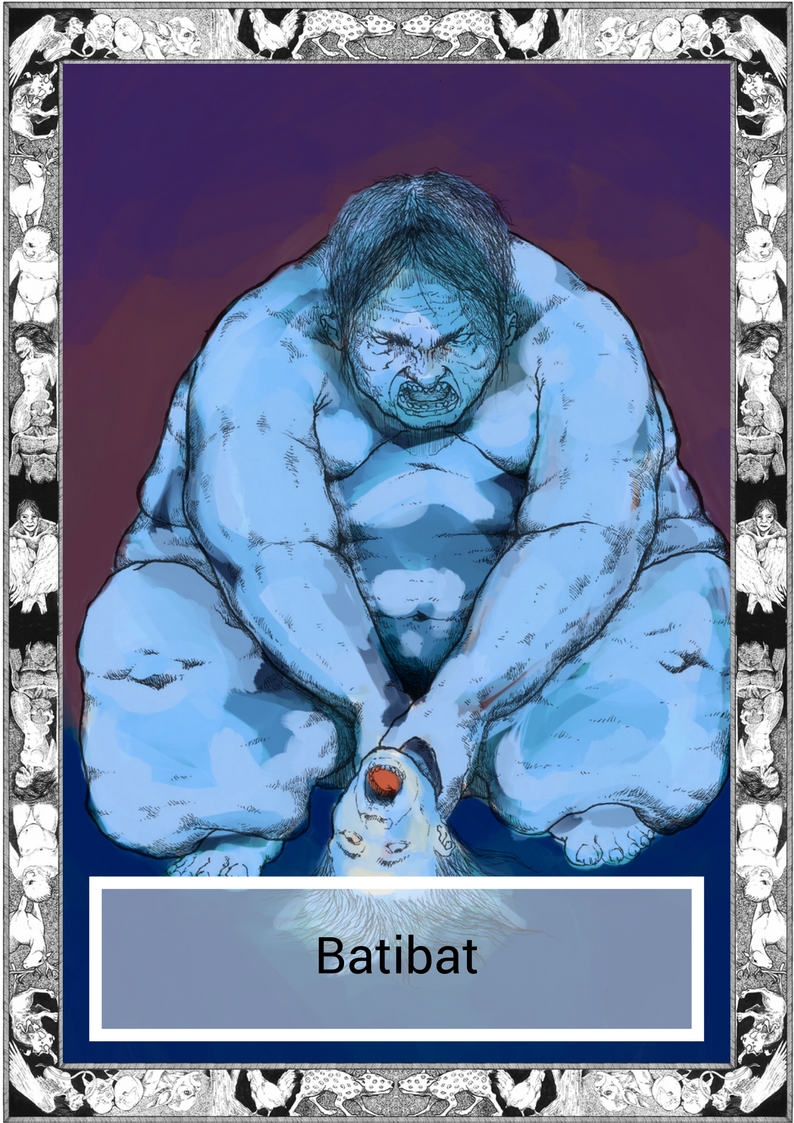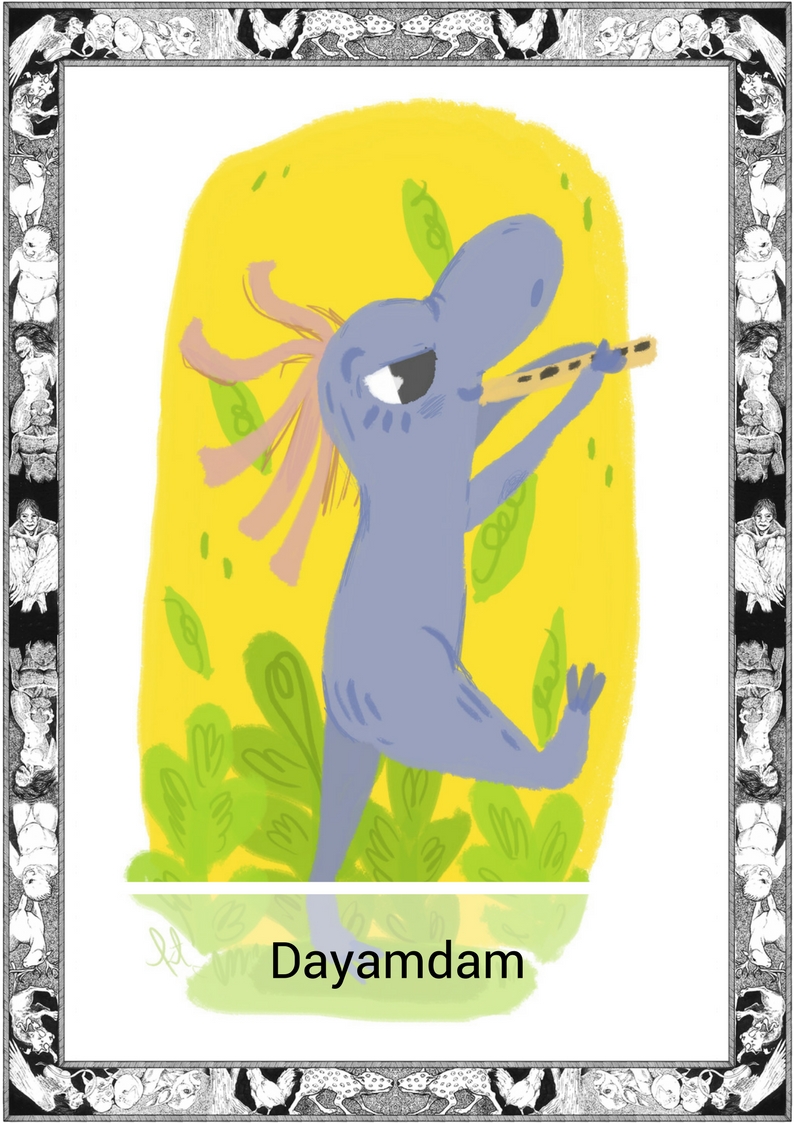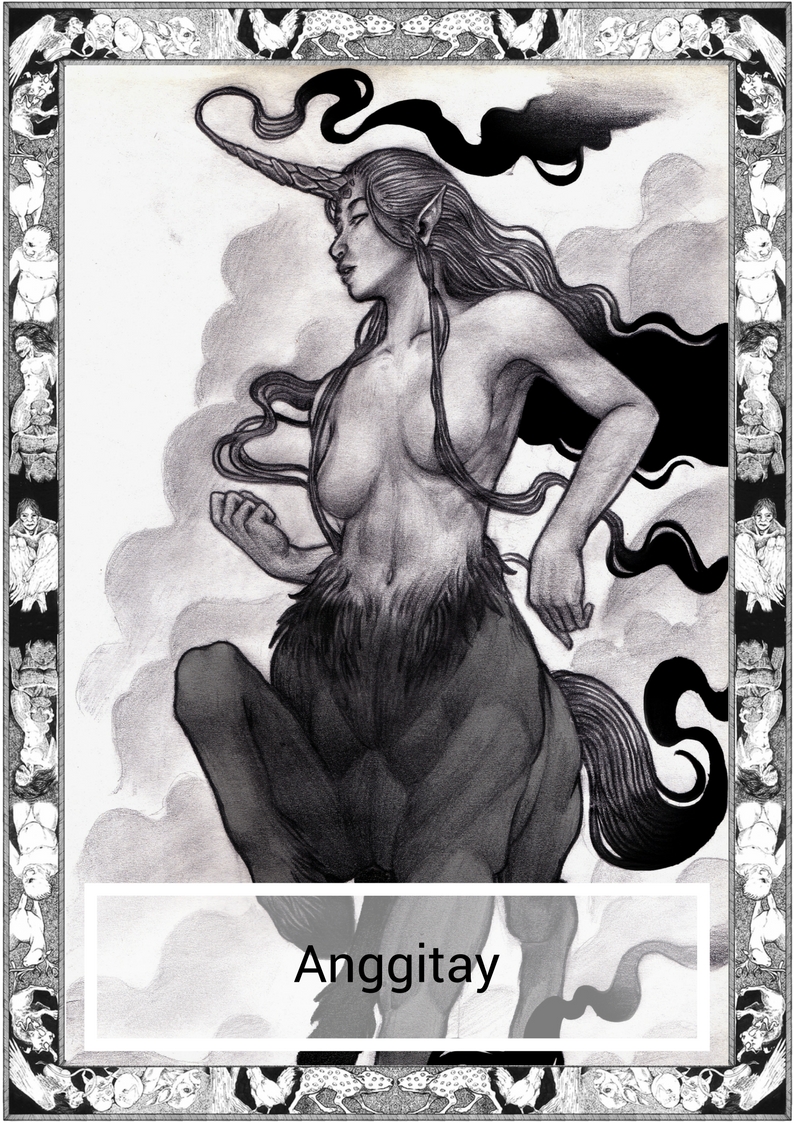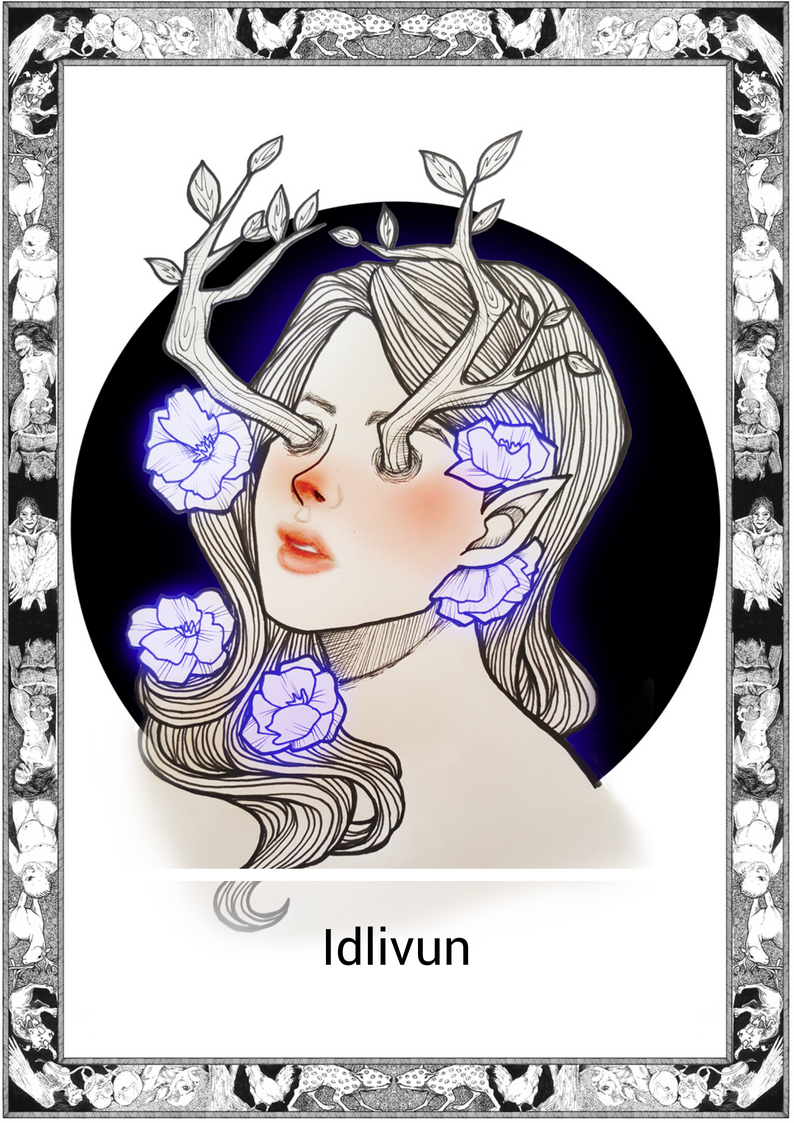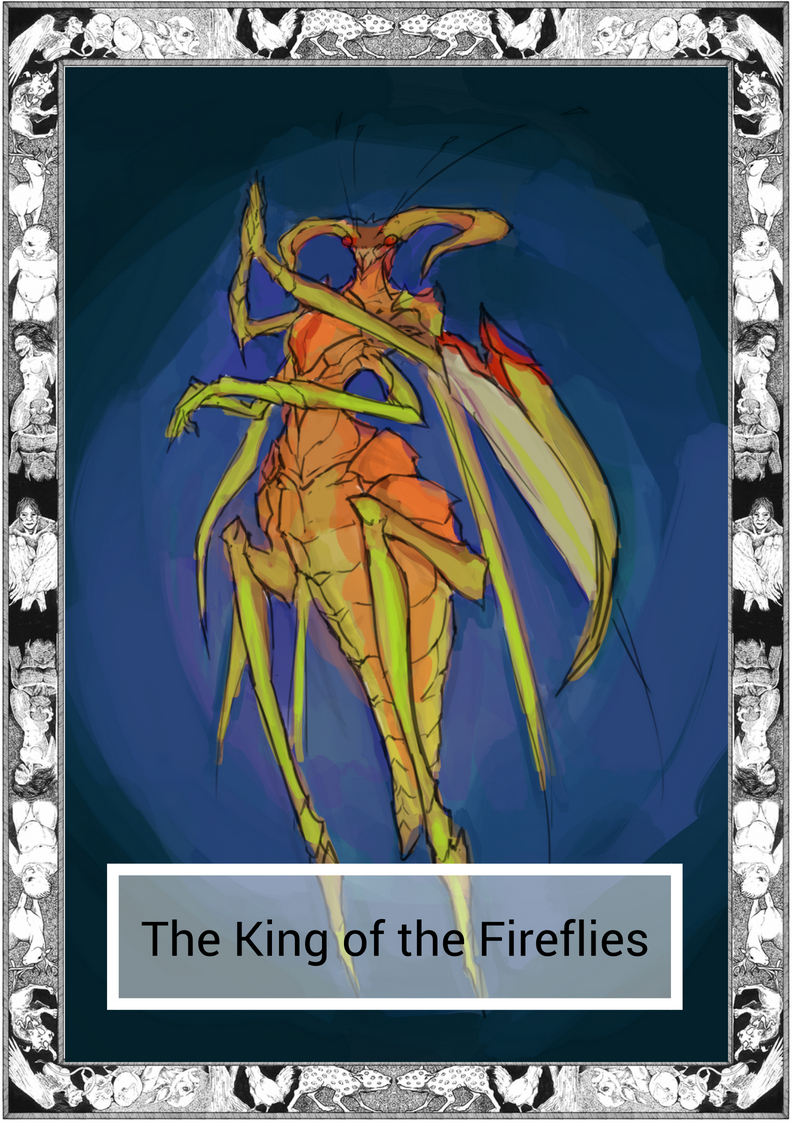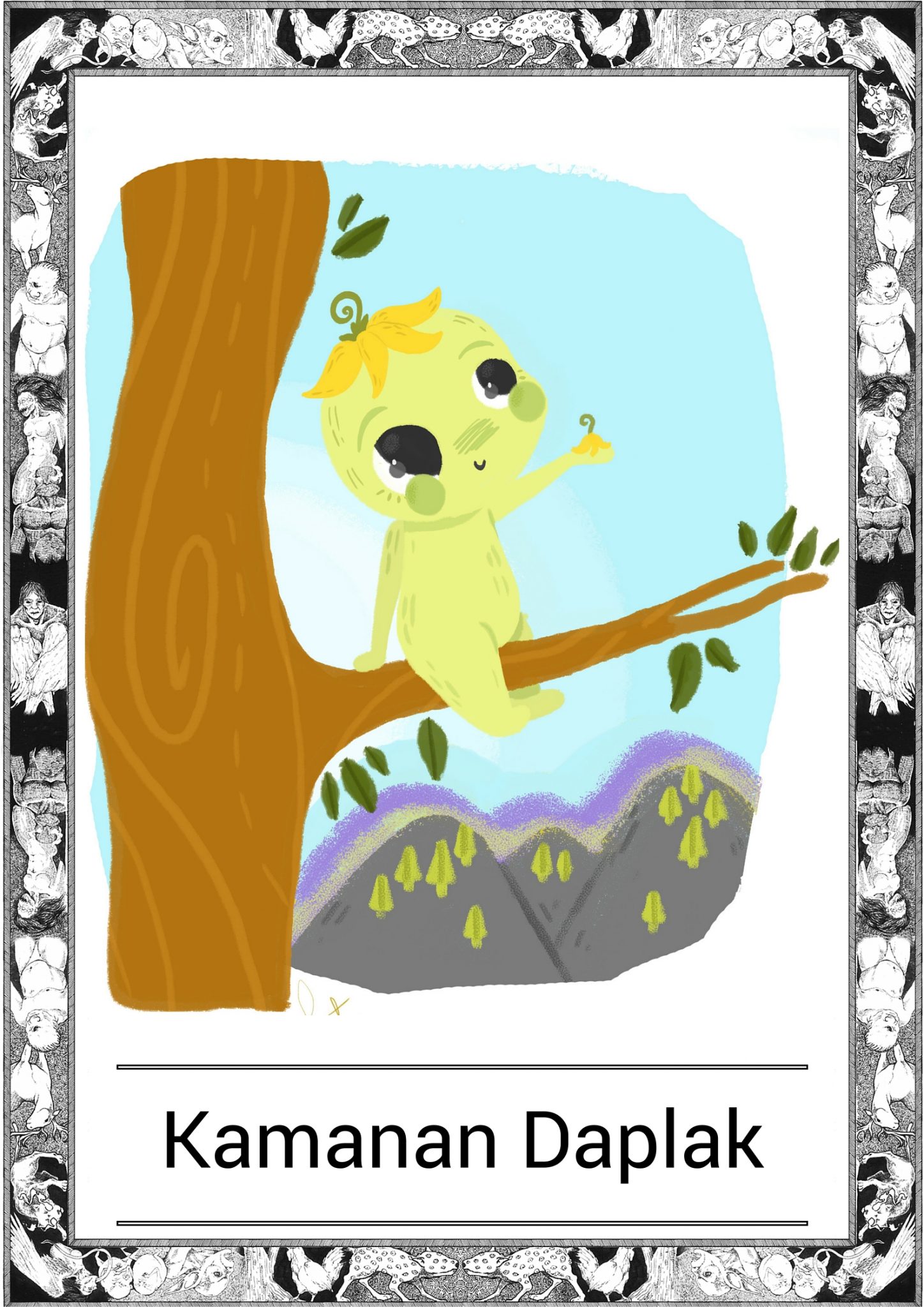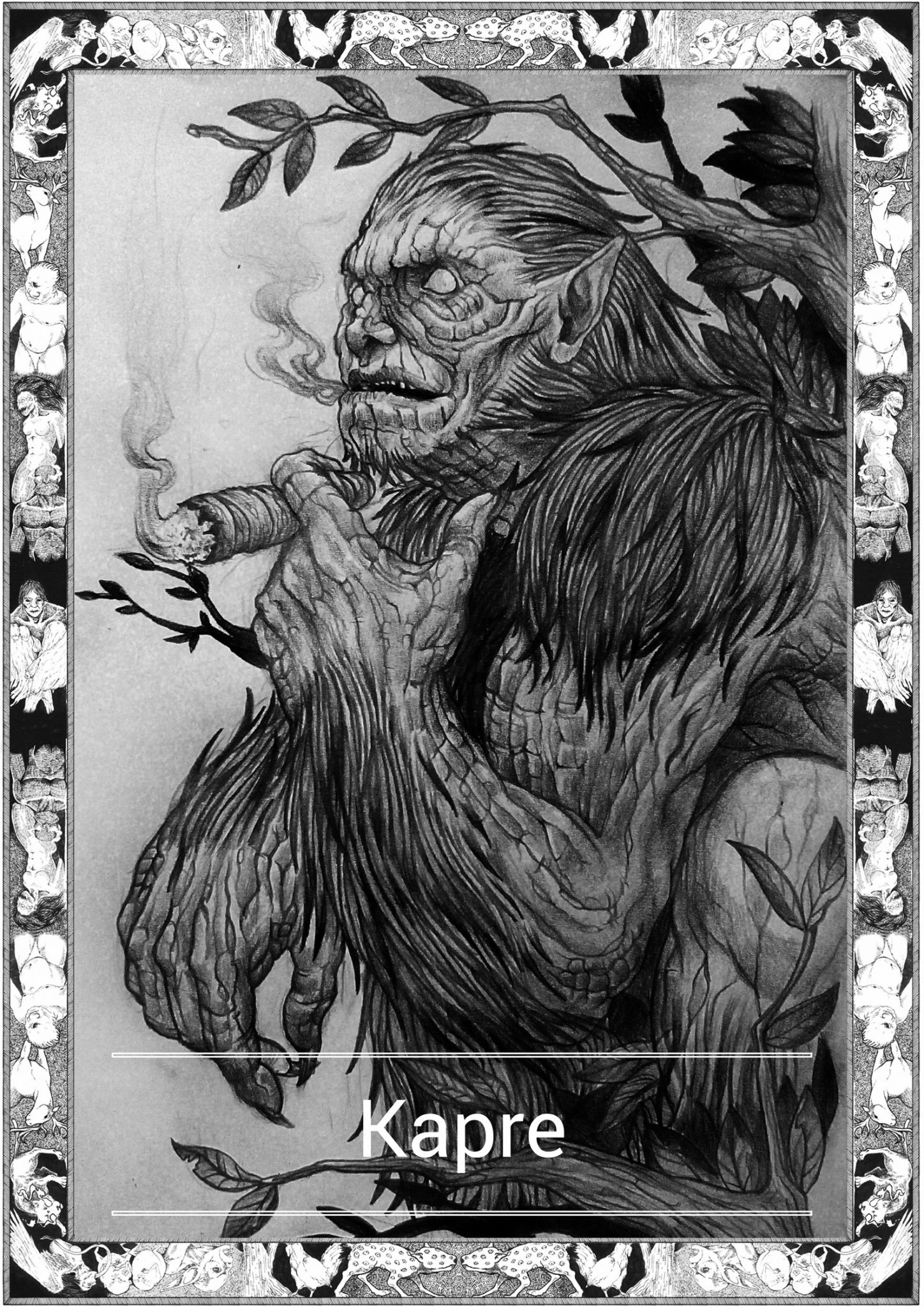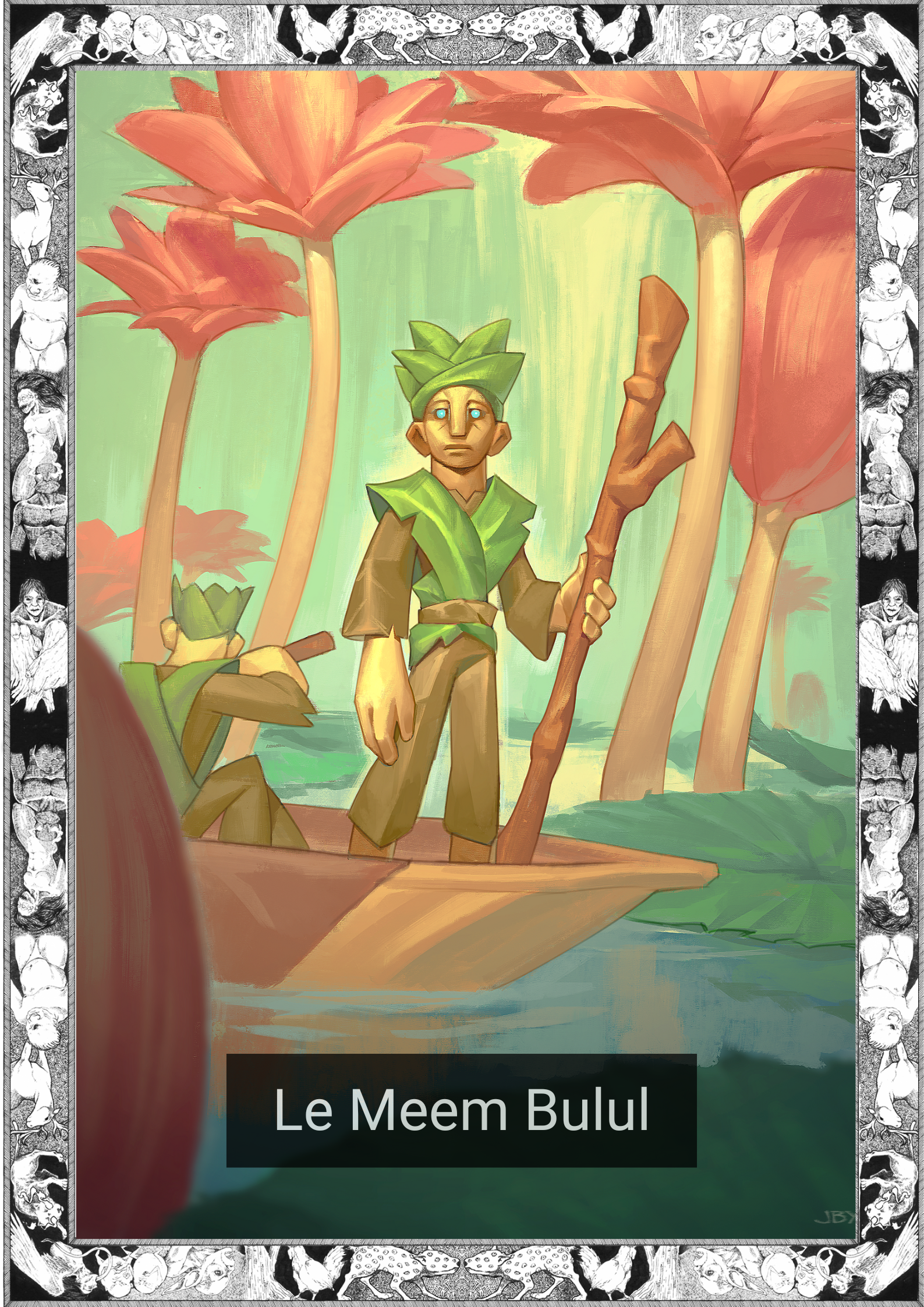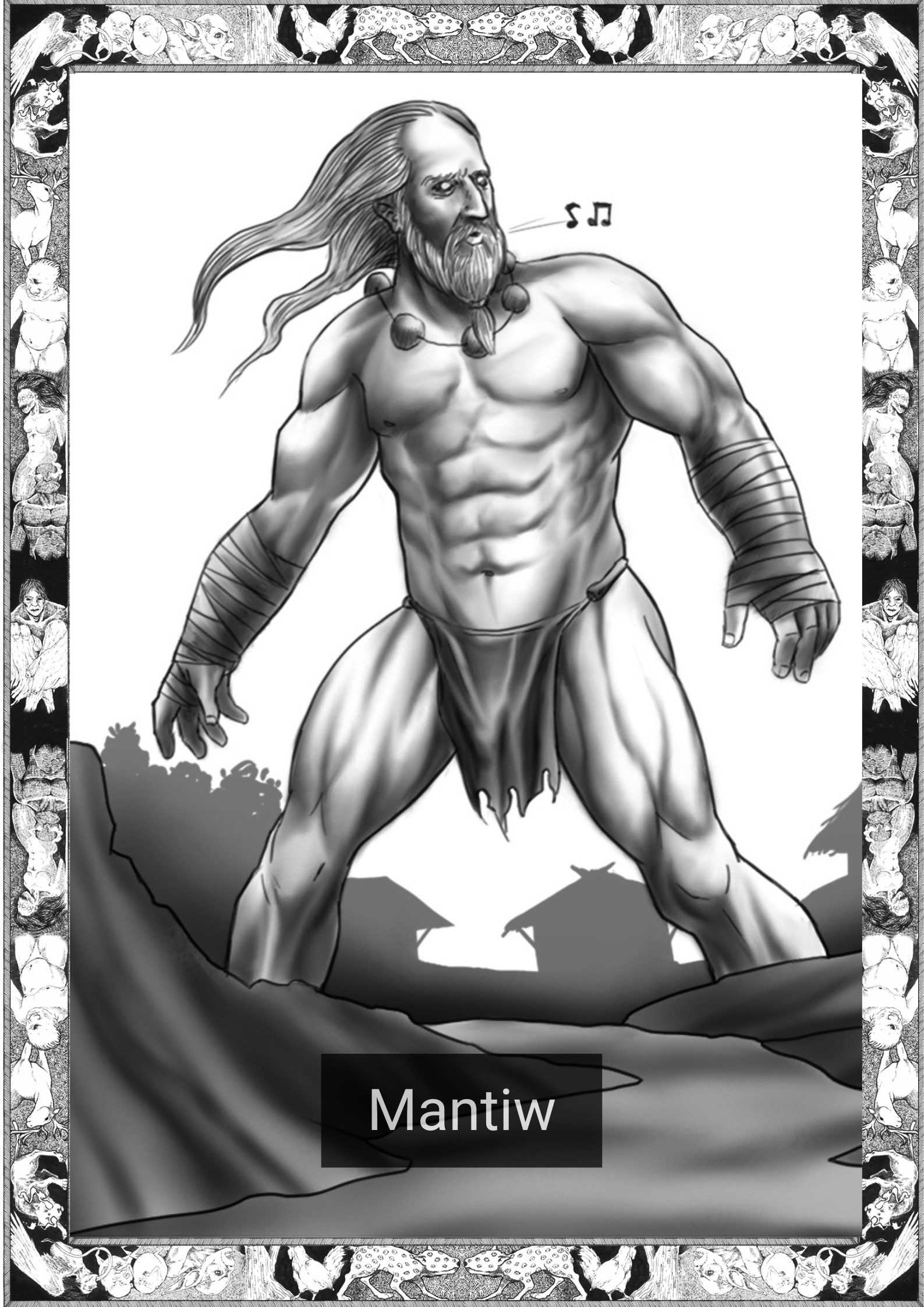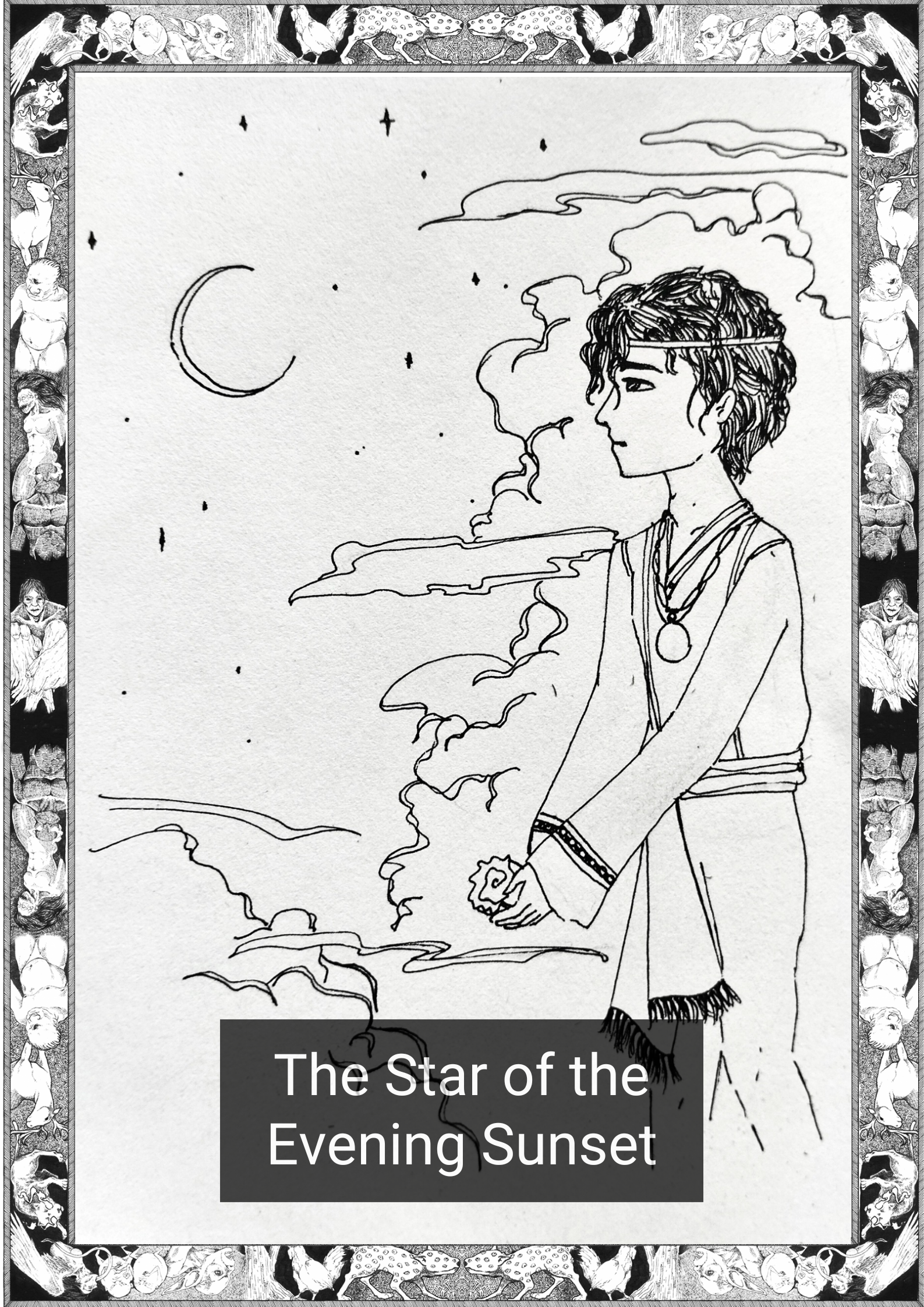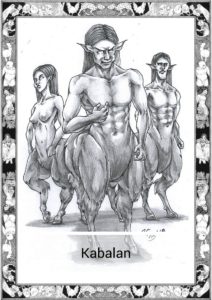
*Note this story is in Hiligaynon
Indi mapinsaran sang iban ang mga trahedya nga dala sang mga tinuga nga ini. Nagakadumduman ko sa gihapon ang mga sugilanon nga ginasugid sadto ni lola, mga sugilanon sang pagtimalos kag kapirdihan. Ginasundan nila ako sa akon mga hupa.
Nag-umpisa ang tanan sa akon nga lolo. Nagdesisyon sia nga magkaingin sa gamay nga bahin sang duta sa kabukiran agud ihanda ini para sa tigtalanum. Wala ko nahibaluan kon ngaa ginpili nia magkado sa malayo nga bahin sang bukid, mas malayo sa masami nia nga ginaplastaran. Malapit ato sa busay nga ginatawag nila nga “lamesa,” tungod sa tapan nga bato sa idalum.
Ginsunog nia ang kahoy nga ara didto kag amo ato ang umpisa sang mga ginamo.
Pagkatapos, ginkadtuan sia sang akon lola kag nanay sa payag agud dal-an sia sang panyapon kag updan sia sa gab-i. Nagakadumduman kuno nila gihapon ang mabaskog nga mga tunog sang mga tiil sang kabayo. Nagalanog sa ila nga memorya ang pamatyag sang kakulba sang ginpalibutan sila sang amo to nga mga tunog bag-o sila magtulog kon gab-i.
“Benito, gwa! Kinahanglan ka namon estoryahon!” Ginatinguhaan ni lola kag nanay nga ilugon ang tingug kada isugid nila ang sugilanon, apang indi nila ini mahimo sang husto. “Grabe ang kaakig nga ara sa tingug,” siling nila, “sobra pa sa amon sarang mailog.”
“Masanag ang bulan sadto nga gab-i.” Sa bahin nga ini ginalaragway ni lola ang mga tinuga. “Tawo sila halin ulo tubtob sa hawak, apang kabayo halin sa hawak tubtob sa ila mga tiil.” Ginpanumdom ko ang mga mito nga naggikan sa lain-lain nga bahin sang kalibutan, kon sa diin may mga tinuga nga tunga-tunga nga kabayo kag tawo nga nagabulig sa katawhan. Siling sa akon ni lola indi gid mabinuligon ang mga espiritu nga ini. Nagkari sila agud magtimalos.
“Gabaan ka gid sang imo pagkamatinaastaason kag indi pagtahod.” Gintudlo sang manugmando sang mga kabalan si lolo. Ginhambalan sia sini nga napatay ang iya utod sang ginsunog ni lolo ang kahoy nia. Nagpakitluoy ang lolo ko para sa iya nga kabuhi. Indi man nia kon tani pagsunugon ang kahoy kon nahibaluan nia nga may taglugar ini.
Wala sang labot ang mga tinuga.
Sa amo nag-umpisa ang trahedya. Naghalin ang mga tinuga sadto nga gab-i, apang nagpabilin ang ila nga sumpa. Indi mahambal sang mga doctor kon ano gid man ang masakit sang akon nga lolo. Nag-untat sia kaon tungod kada magkaon sia nagaubo sia kag nagasuks sang dugo. Nagakasunog kuno ang tutunlan nia kon nagasuka sia.
Wala sang mahimo ang akon nga lola, nagpakonsulta sila sa manog bulong, sa amon lokal nga faith healer. Gintinguhaan sang manog bulong nga dal-on sa estoryahanay ang mga tinuga. Hambal ni lola kada gab-i nagagamit ang manog bulong sang lain-lain nga ritwal, apang wala sang pulos ang mga ini.
Indi gid mauloulohan ang mga tinuga.
Matapos napatay si lolo, naigo sang kilat ang magulang nga lalaki ni mama samtang ara sia sa ibabaw sang puno sang lubi sa gwa sang ila balay. Matapos ang tatlo ka tuig na patay sia sa iya katulugon.
Nadula ang kalabanan sa mga pagkabutang sang pamilya ni nanay kag nagpabilin sila nga pigado tubtob napatay si lola tungod sa cancer.
Wala nakabalo ang mga tinuga nga ini kon ano ang buot silingon sang kaluoy, mangita sila sang balos tubtob nabayaran sila paagi sa dugo.
Maghalong sa mga kabalan, kay indi sila mamati sa inyo pagpangayo sang kapatawaran. Kag maghalong sa palibot sang mga kahoy sa babaw sang kabukiran, indi mo lang mabal-an kon may taglugar dira, indi tubtob ulihi na.
=———————=
English Version
The tragedies that these creatures bring are unimaginable to some. I still remember the stories that my lola used to tell, stories of vengeance and loss. They follow me in my nightmares.
It all started with my lolo. He decided to kaingin a small piece of land in the mountains, to prepare it for the planting season. I don’t know why he decided to go further up the mountain, away from his usual spot. It was near the waterfall they called “lamesa”, relating to the flat rock on the bottom.
He burned the tree that was there and that was the start of the troubles.
My lola and mother joined him in the payag (nipa hut) afterwards to bring him dinner and to spend the night with him. They still remember the loud hoofbeats. The feeling of dread when the sound circled their small hut still echoes in their memories before they sleep at night.
“Benito, come out. We need to talk to you.” My mother and lola tried to replicate the voice every time they told the story, but they said they could never get it right. “There was too much anger in the voice,“ they said, “more than we can mimic.”
“The moonlight was bright that night.” This was the part of the story where lola describes the creatures. “They were human from head to trunk, but were horses from their trunk to their feet.” I thought back to myths from a different part of the world, where half-human half-horse beings would help humankind. Lola told me that these spirits weren’t helpful at all. They came seeking vengeance.
“You will pay for such arrogance and disrespect.” The leader of the kabalans pointed to my lolo. It told him that my lolo killed its brother when he burned his tree. My lolo begged for his life. He would not have burned the tree had he known there was something living there.
The creatures didn’t care.
Thus began the tragedy. The creatures left that night but their curse lingered. Doctors were never able to tell what exactly was wrong with my lolo. He stopped eating because every time he ate he would vomit and cough up blood. He said it would burn his throat every time he vomited.
My lola had no other choice, she consulted the manggagamot, our local faith healer. The faith healer tried to reason with the creatures. My lola said that night after night the faith healer would try another ritual, but it was all for naught.
The creatures would not be appeased.
After my lolo died, my mom’s elder brother was struck by lightning while he was at the top of the coconut tree outside their house. After three years he died in his sleep.
My mother’s family lost most of their properties and were trapped in poverty until lola died of cancer.
These creatures don’t know the meaning of mercy, they will seek their vengeance until they are repaid in blood
Beware the kabalans, for they will not listen to your pleas of forgiveness. And be careful around the trees high up in the mountains, you will never know if one makes its home there, not until it’s too late.
————————–
*The Hiligaynon language, also colloquially referred often by most of its speakers simply as Ilonggo, is an Austronesian regional language spoken in the Philippines by about 9.1 million people, mainly in Western Visayas and SOCCSKSARGEN, most of whom belong to the Visayan ethnic group, mainly the Hiligaynons. It is the second-most widely spoken language and a member of the so-named Visayan language family and is more distantly related to other Philippine languages.
Written by Karl Gaverza
Hiligaynon translation by Paul Aries Valera
Copyright © Karl Gaverza
Translation Copyright © Paul Aries Valera
Adapted from a Story told by Grace Collantes
Kabalan Illustration by Ysa Peñas
Instagram: https://www.instagram.com/
